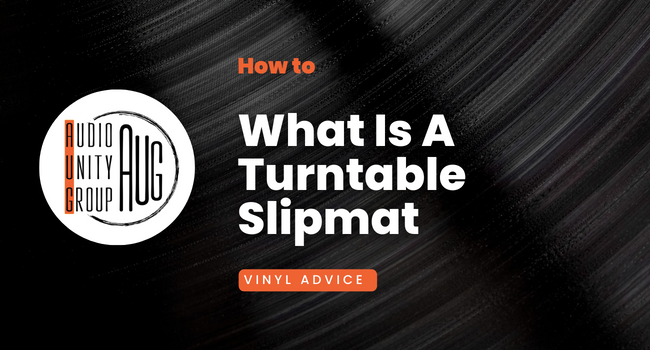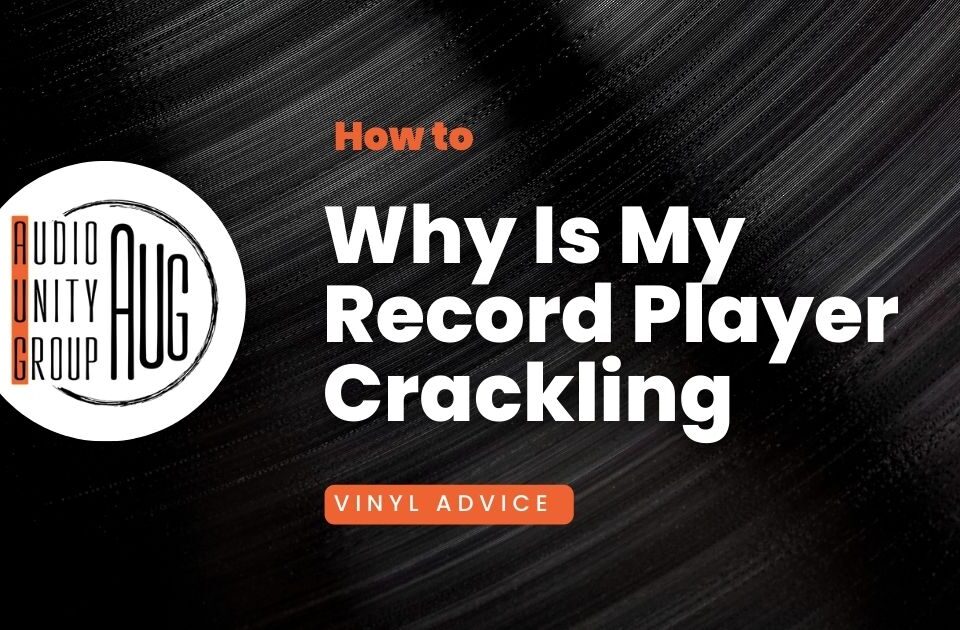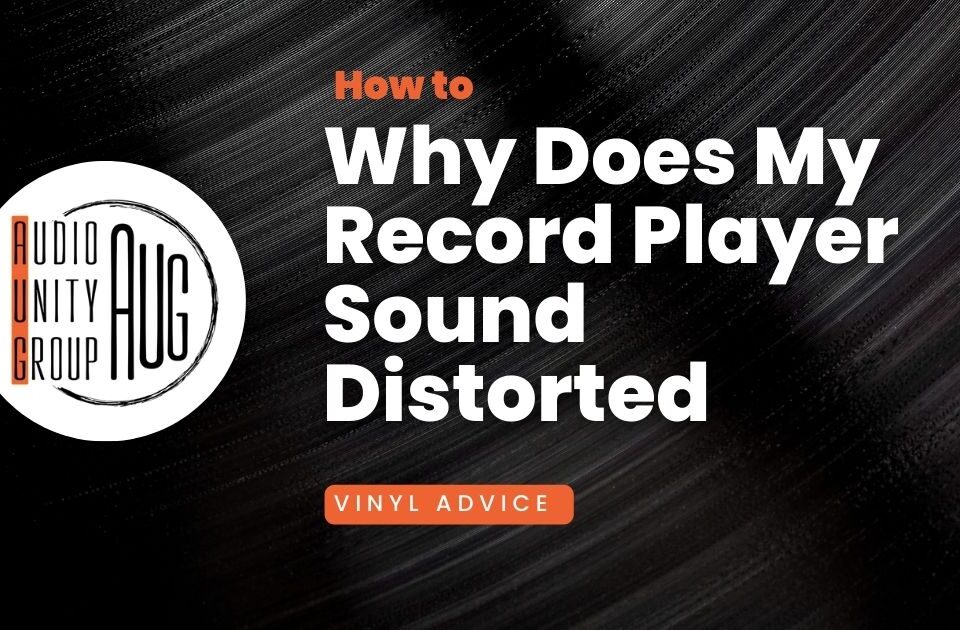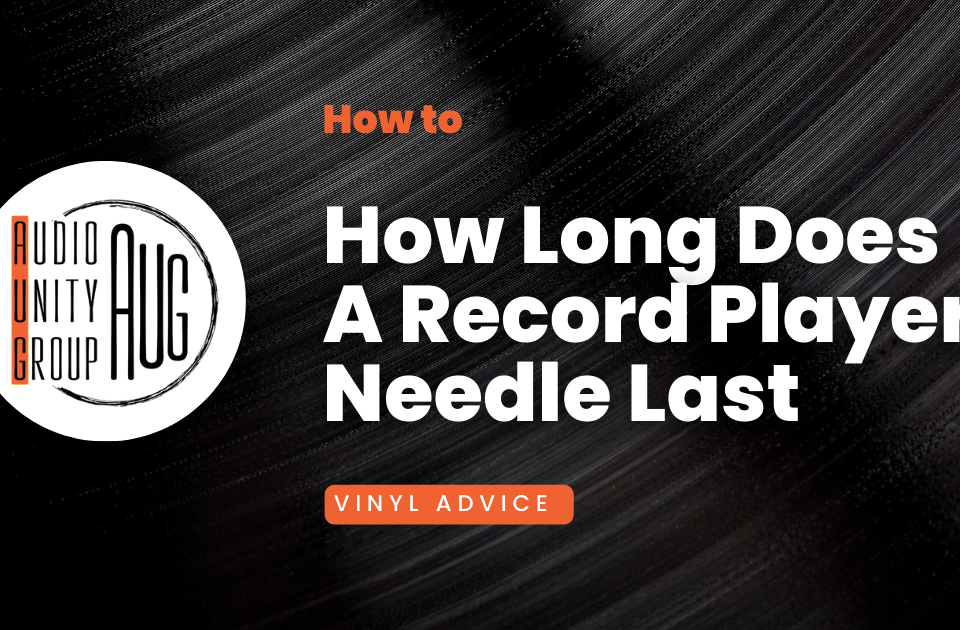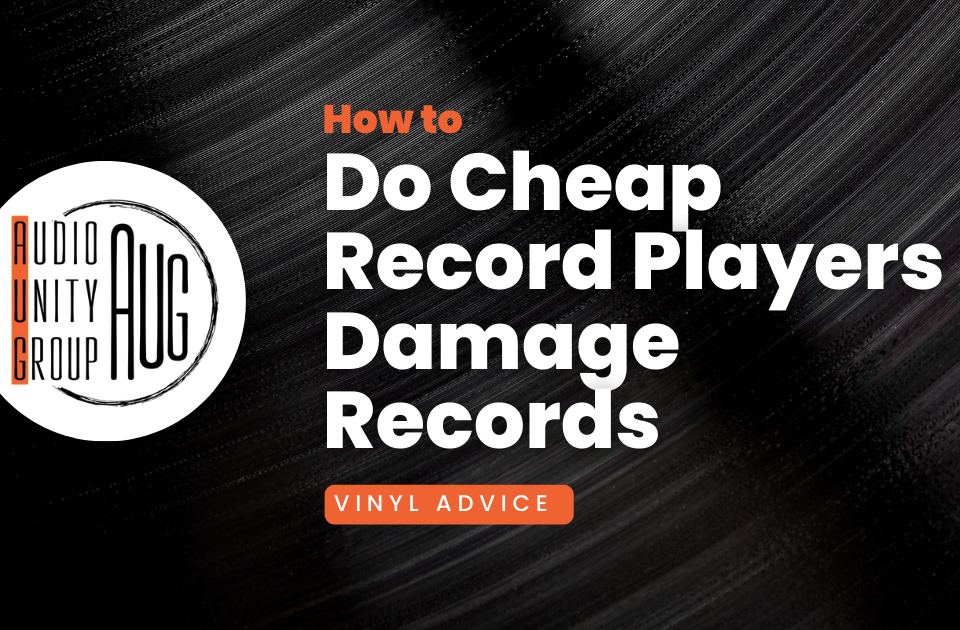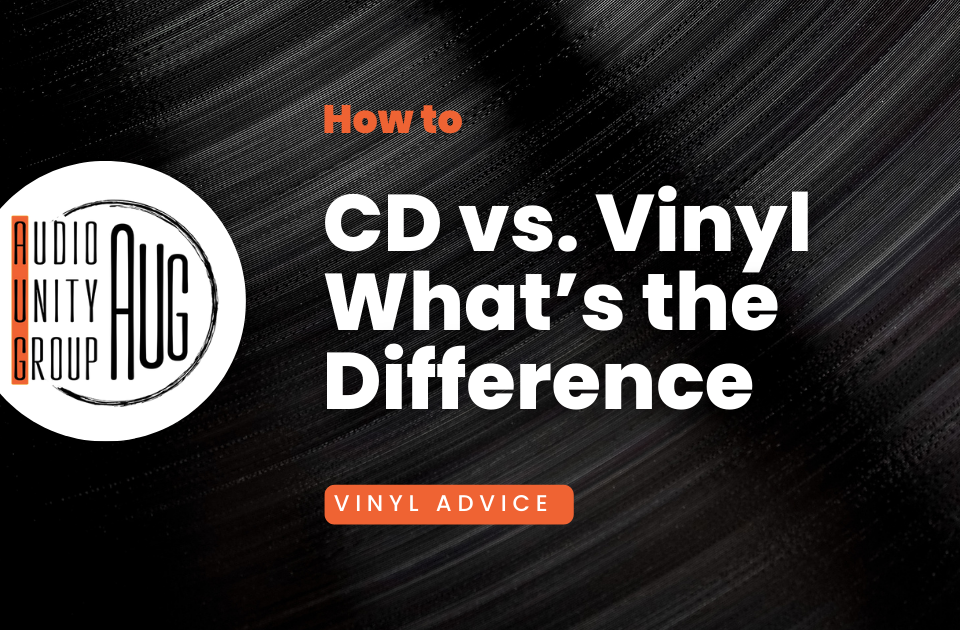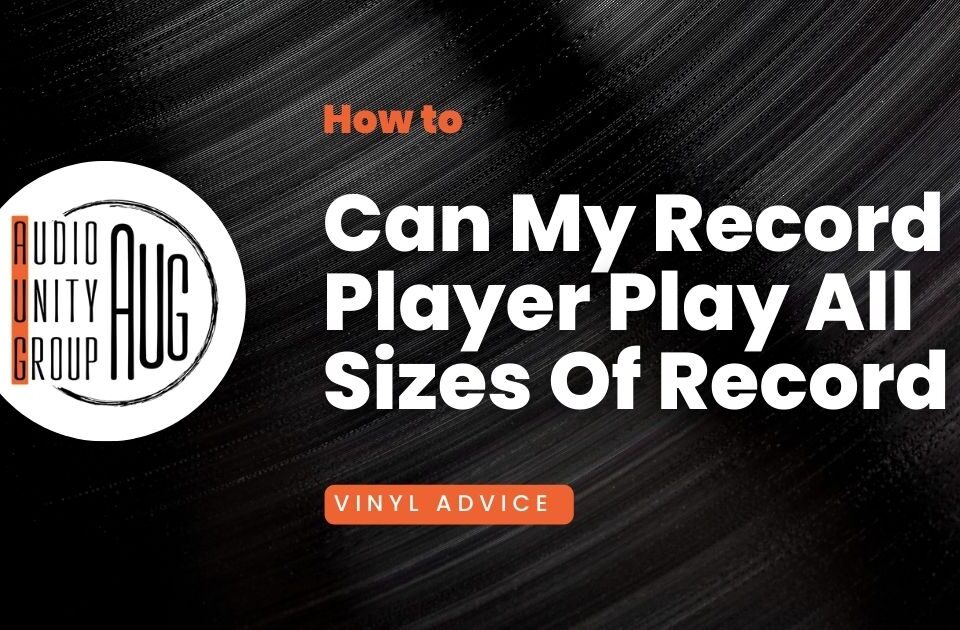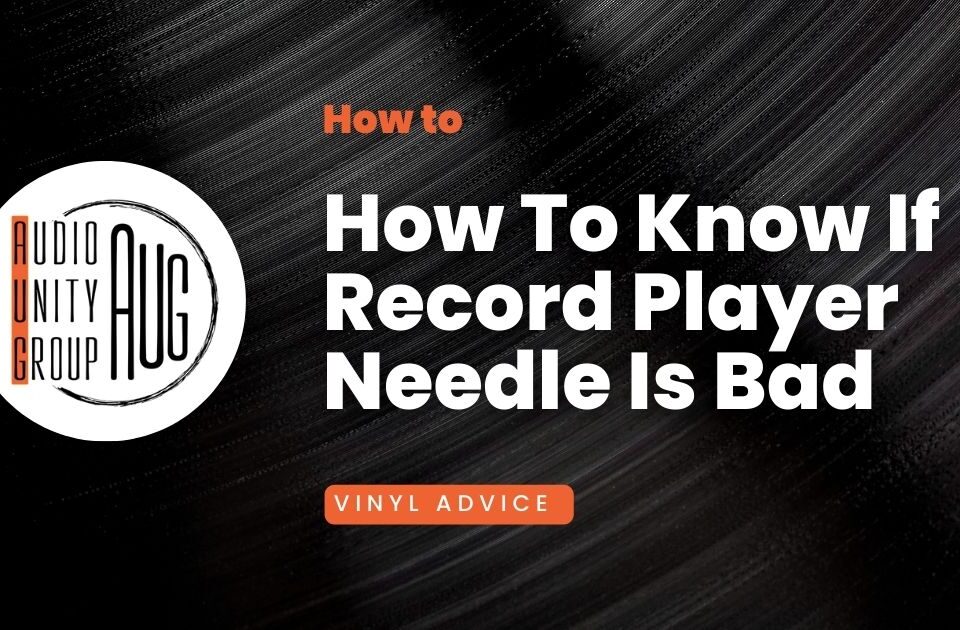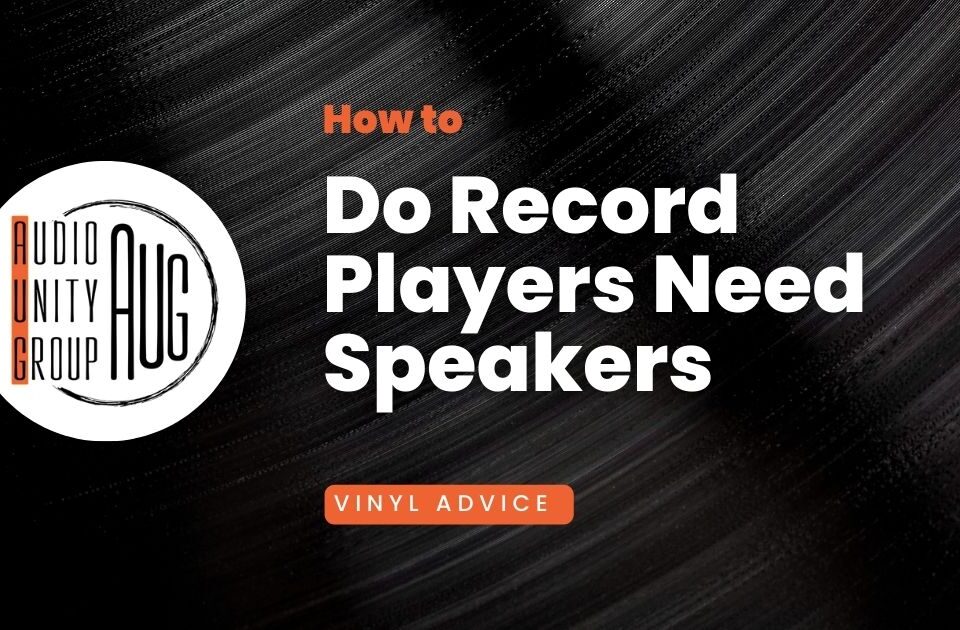
How To Store Vinyl Records: Best Ways And What To Avoid
April 25, 2023
What Is Phono Input: The Ultimate Beginner’s Guide
April 28, 2023Last Updated on June 9, 2023 by Tom S. Ray
What Is A Slipmat?
As a vinyl manufacturer, we know a thing or two about the slipmats.
Even if you’re new to the world of vinyl, you might want to use a slipmat.
In this article we’ll explain exactly what they are and how you can use them.
What Is A Slipmat?
A slipmat is a thin, circular disc placed on the platter of a record player or turntable. It helps protect vinyl records from scratches and dust while allowing them to be spun effortlessly—which makes it an essential tool for DJs and scratch-mixing enthusiasts!
Slipmats also provide improved sound quality by reducing static electricity, vibrations and friction between the record and the platter.
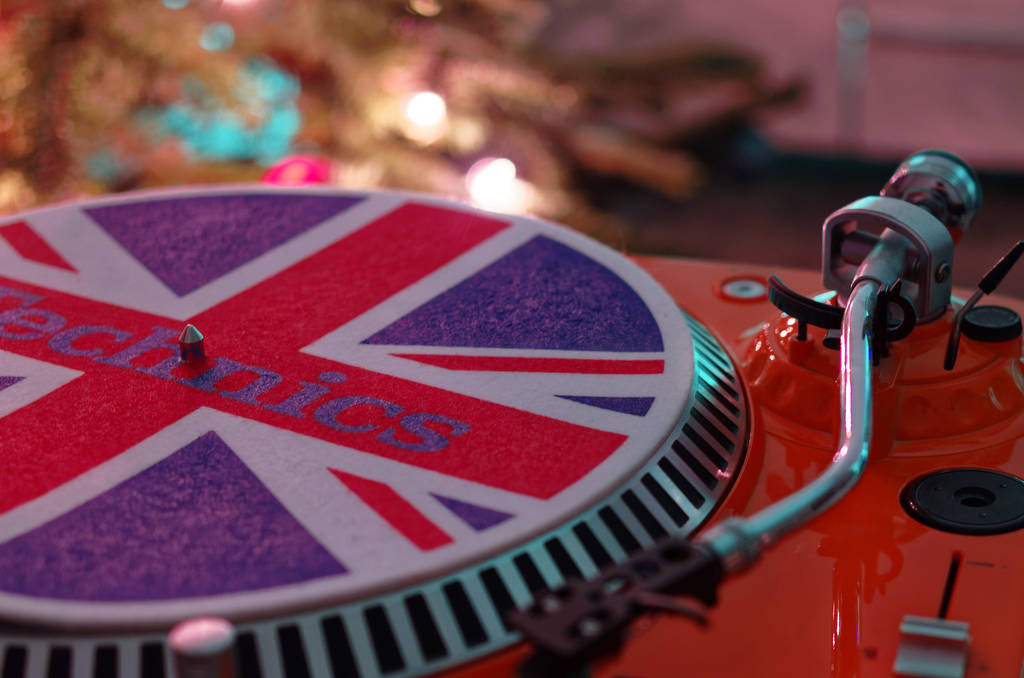
Purpose And Definition Of A Slipmat
A slipmat is an essential tool used to allow vinyl records to spin freely on a turntable, reducing vibrations and protecting the record player.
Allowing Vinyl Records To Spin Freely
Slipmats fundamentally reduce friction between the vinyl and the rotating platter, ensuring that the record spins freely beneath it.
This prevents sound distortion, as well as protecting both your record collection and your device by preventing scratches or worse wear-and-tear caused by records repeatedly slipping off onto unprotected surfaces.
Slipmats come in many styles and materials such as rubber, cork, felt or even specialty synthetic materials like acrylic which create unique dampening effects when used with various types of turntables.
The choice of material affects how well it lets you control a spinning vinyl (like cueing up tracks) without interrupting its sound quality – traditional Rubber mats provide less ‘drag’ on vinyls so DJs may prefer one for scratching whereas regular listeners may prefer something with more cover like Felt slip mats – which make all the difference if you’re looking to get maximum fidelity out of your records’ sound.
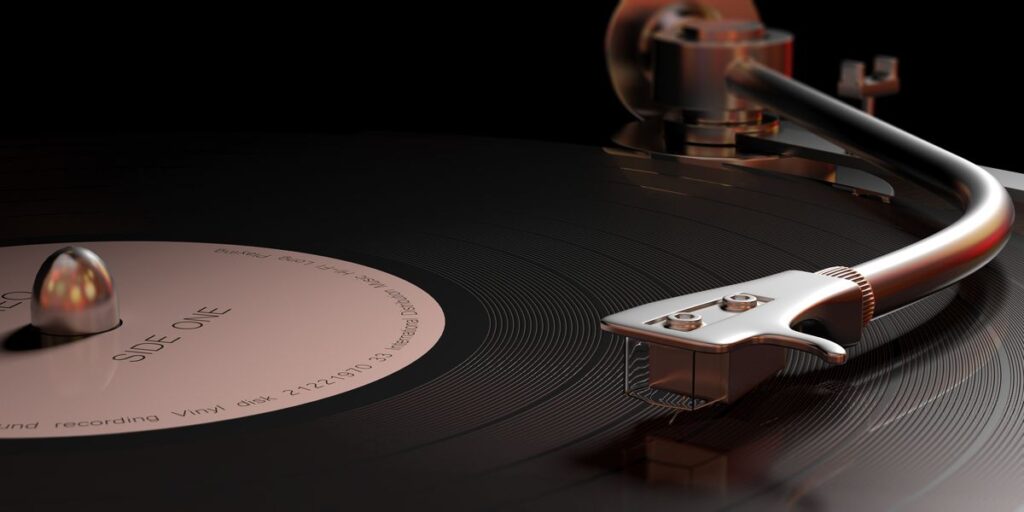
Protecting The Record And Turntable
A slipmat is an effective way of protecting both your vinyl record and turntable from damage whilst playing.
Slipmat prevents the record from slipping on the platter, meaning that regular movements such as starting or stopping the record do not cause any wear and tear to either the disc itself or its underlying surface – your turntable.
Different types of mats provide varying levels of protection for different sized records; traditional felt mats allow smaller 7″ singles to spin freely without impacting other parts of your setup, while synthetic-based slipmats with added grip are better suited for holding heavy 12″ discs in place during intense scratching sessions.
Reducing Vibrations
The traditional materials used to make slipmats include felt, cork, rubber and acrylic – all of which have their own pros and cons when it comes to reducing vibrations.
Felt is often regarded as the ideal material when it comes to dampening vibrations from a record players’ platter and ensuring better playback fidelity.
Cork has similar characteristics but with slightly less performance than that of felt.
Rubber or synthetic slipmats tend to provide far more grip on the surface of a turntable’s platter, however this also increases unwanted resonance in recordings owing its higher mass over other materials such as felt.
Using a proper turntable mat will help keep your turntables stable during use, preventing slippage and improving overall sound reproduction qualities by diminishing resonance feedback caused by external forces such as bass frequencies and other low-frequency stimuli produced during playback sessions in hi-fidelity systems using analogue media technology!

Types Of Slipmats
Slipmats come in a variety of styles and materials, including traditional felt slipmats, synthetic slipmats, and custom-designed ones.
Traditional Felt Slipmats
Traditional felt slipmats have been around for decades and are popular among music lovers and DJs alike. They are made from a durable, highly absorbent material that helps to protect both the vinyl record and turntable from wear and tear.
Felt Slipmats also reduce vibrations by providing extra cushioning between the record player platter and tonearm, resulting in increased sound quality when playing records.
Furthermore, these mats provide antistatic properties which can help reduce static cling on your vinyl as it plays back – this is especially important if you’re going to be mixing or scratching with them.
By absorbing unwanted frequency resonances, felt slipmats provide natural dampening effects offering an improved listening experience when compared to other types of mats such as synthetic or cork materials.
Synthetic Slipmats
Are you looking for a slipmat that is designed to provide greater sound quality than traditional felt mats? Synthetic slipmats may be the perfect answer. Synthetic slipmats have a top side made of a slick synthetic material, which can usually range from polycarbonate or vinyl and plastic on the underside.
This construction allows for better movement when back cueing records, eliminating static electricity and providing an improved audio experience with less vibration and interference compared to standard felt mats.
The reduced friction also results in less wear-and-tear on your record collection over time, as well as allowing platters to spin freely at slower speeds when necessary.
Synthetic slipmats are particularly useful for DJs who need more control over their turntables while scratching or mixing styles of music which require frequent movements between two sections of a song.
With fewer chances of static buildup, these types of materials allow DJs more freedom while still ensuring accurate playback and sound clarity.
Custom-designed Slipmats
are a great way to add a personalized touch to any turntable setup. Popular among DJs and vinyl lovers alike, they protect the record as well as provide texture and grip, granting greater control over the mixing process.
Slipmats also help reduce vibrations due to their material of construction (such as rubber or cork).
Custom-designed slipmats come in many varieties – from thick felt slipmats decorated with intricate patterns, slogans and images to sleek synthetic materials like silicone or acrylic platter mats.
Some custom slipmats even feature antistatic properties that can further benefit sound quality during playback or prevent static electric issues while you’re looking for your next track.
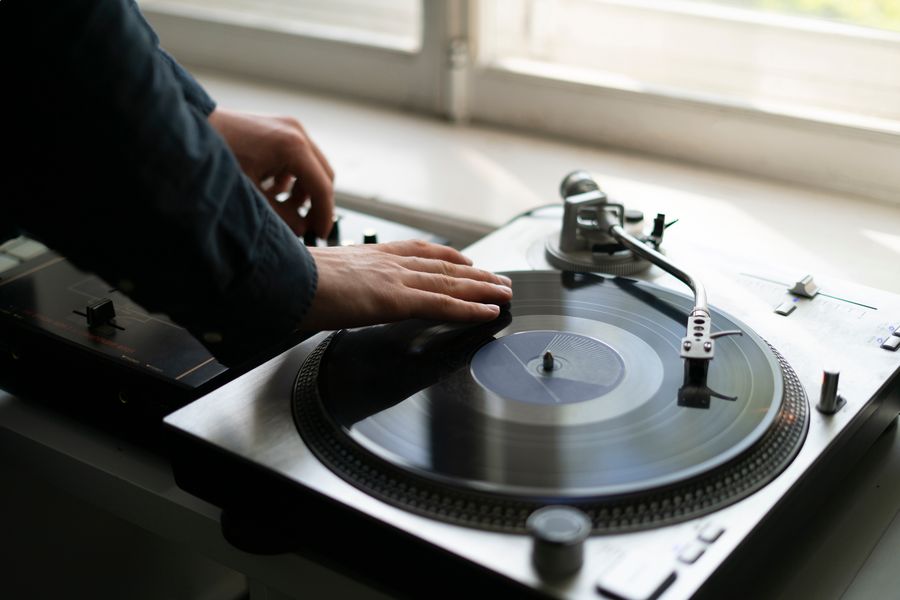
Do You Need A Slipmat?
A slipmat isessential for DJs utilizing the art of scratching, yet a casual listener may find it optional.
Essential For DJs And Scratching
Using a slipmat is essential for any DJ as it allows them to pause, cue up and find the part of the song they want. Slipmats reduce static and friction between the record player platter and vinyl allowing smooth back-cueing allowing DJs to be precise when mixing music.
It also protects both records and turntables by absorbing vibrations during scratching or mixing. Traditional felt slipmats come in a variety of colors with some custom-designed mats available offering more protection against dust build up which can interrupt content delivery making it critical when performing live sets.
Slipmats also provide accuracy during mixes, cutting out distracting sounds while keeping beats on track creating clean transitions from one track to another. In addition, different materials can better absorb certain levels of vibrations generated when playing records which could damage your setup if not used properly.
Optional For Casual Listening
A slipmat is an optional addition for casual listeners who simply want to enjoy their vinyl collection. Most turntables come with a rubber mat, which is usually sufficient for light use and does a good job of reducing unwanted noise or vibration from the platter.
However if you plan to regularly play your records, then fastening them firmly on the surface using a slipmat might be beneficial in improving both sound quality and longevity of the record itself.
If you ever find yourself playing a warped or damaged record, it would be wise to take extra care by setting up your turntable properly and opting for higher quality materials such as cork or acrylic mats that provide additional grip preventing unnecessary disturbance during playback.
This can also help protect your belt drive turntable from dust particles entering through spinning cog wheels and further extend its lifetime usage without needing repairs too often.
All in All
Slipmats are essential for both DJs and record enthusiasts alike. Slipmats allow records to spin freely, whilst protecting the record and turntable from damage. They also reduce vibrations, improve sound quality and provide an overall smoother listening experience (along with a proper phono input setup).
There are a variety of slipmat variations available on the market – traditional felt slipmats, synthetic slipmats as well as custom-designed mats – catering to different uses depending on your needs.
Thanks for reading.
Tom
FAQ
What is a turntable slipmat and why is it important?
A turntable slipmat is a circular mat placed between the turntable platter and the vinyl record. It reduces friction, protects the record from scratches, and absorbs vibrations for better sound quality. It’s important for both casual listeners and DJs to enhance their vinyl experience.
What are the common materials used for turntable slipmats?
Turntable slipmats are usually made of felt, cork, rubber, or leather. Felt slipmats are the most popular choice for DJs, while cork and rubber mats provide better isolation for Hi-Fi systems. Some turntable manufacturers also offer acrylic platter mats for an enhanced quality of sound.
How does a slipmat affect the sound of a record player?
A slipmat can improve sound quality by absorbing vibrations and minimizing distortion. Cork mats, rubber mats, and acrylic platter mats are particularly effective at reducing vibrations, while felt mats are better for DJing since they allow easier control for scratching and cueing.
Can I use a leather mat on my turntable?
Yes, leather turntable slipmats exist and provide a different vinyl experience. They can enhance sound quality by reducing static, but they may not be as suitable for DJing since they do not allow for easy record manipulation like felt slipmats.
Is a slipmat necessary for every type of turntable?
While most turntables benefit from using a slipmat, some high-end models may have integrated mats or unique designs that do not require additional slipmats. Always double-check the manufacturer’s recommendations to ensure a proper fit and function.
How do I choose the best slipmat for my turntable?
Consider your primary use for the turntable when choosing a slipmat. If you’re a DJ, a felt slipmat is likely the best choice. For a hi-fi listening experience, a cork or rubber mat may offer better sound isolation. Experiment with different materials to find the one that suits your preferences best.
Can I use a turntable slipmat with a direct drive turntable?
Yes, slipmats can be used with both direct drive and belt drive turntables. Slipmats protect the vinyl record and improve sound quality by reducing vibrations and friction, regardless of the turntable’s drive system.
What are the differences between a DJ slipmat and a regular turntable mat?
DJ slipmats, typically made of felt, are designed to allow easy control for scratching and cueing during DJing. Regular turntable mats, often made of cork, rubber, or acrylic, focus on minimizing vibrations, offering better sound isolation for hi-fi listening experiences.
How do I clean and maintain my turntable slipmat?
To clean a slipmat, gently brush off any dust or debris with a soft brush, and spot-clean with a damp cloth as necessary. For stubborn stains, use mild detergent and water, then rinse thoroughly and allow the slipmat to air dry. Regular cleaning and proper storage prolong the lifespan and performance of your slipmat.
Can I stack records on top of a turntable slipmat?
While slipmats can technically hold multiple records, record stacking can lead to uneven weight distribution and increased friction, negatively affecting the sound quality and potentially damaging both the records and the turntable. To prevent this, it is best to play one record at a time and store the rest properly.



